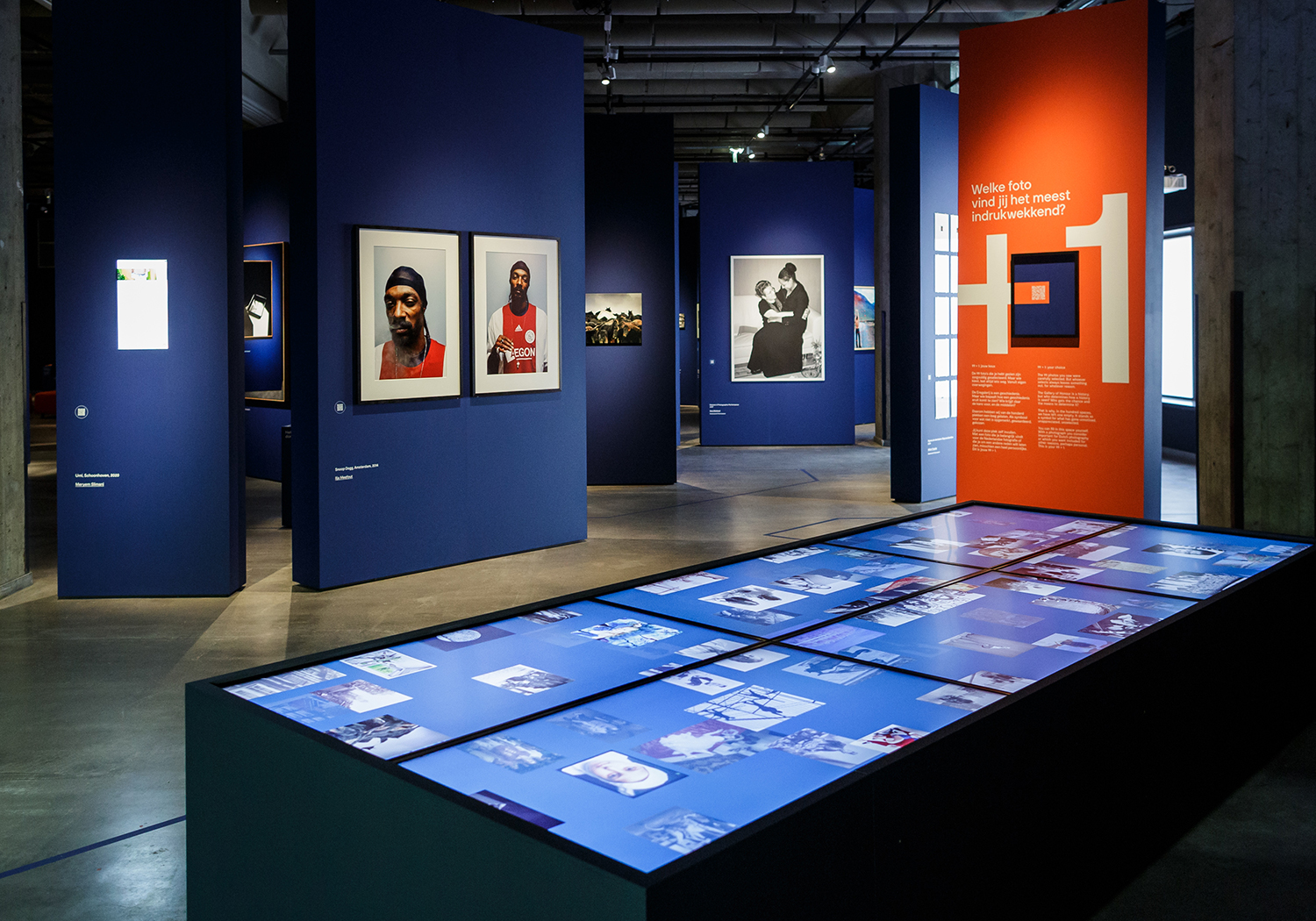
Photography: Fred Ernst
#ASK Guinevere Ras
For the #ASK section, we ask a number of questions to a fascinating person who’s active in the field of art, design & architecture in Rotterdam. This week that is Guinevere Ras: curator at the Nederlands Fotomuseum and a specialist in multivocality. She specialises in facilitating inclusion through multivocality. To achieve that, she actively works to break stereotypes by improving the representation and active participation of marginalised groups in the museum space.

In the recently opened Gallery of Honour of Dutch Photography, one hundred iconic photos tell the story of photography in the Netherlands, from 1842 to the present. An ambitious project, for which many darlings have undoubtedly been killed in the process. Which story did you feel was especially important to tell?
Each icon stands on its own, but together, this selection tells the story of the development of photography. I consider the emancipation of the diaspora and other marginalised groups in our society to be an important development. That they take matters into their own hands in order to overturn the persisting negative colonial image. From the early anthropological photos in the 19th century to the stereotypical photos that journalist use to this day. Documenting ‘the other’ is an important and common theme in photography. Scientists visited former colonies and observed them through a Western lens, while thinking from Western frameworks. They portrayed them as submissive, as a scientific specimen, as wild or property. I felt that it was especially important that we showed these scientific photos in a new context, which resulted in the difficult task of doing that while refraining from repeating this negative imaging. The new generation of ‘image changers’ must be given sufficient space to show the other perspective – which may have been left out, ignored or concealed – from their own experience and point of view.

What makes Dutch photography (history) unique, when you compare it to other countries?
Broadly speaking, Dutch photography has undergone similar developments from an international perspective. Still, some themes are more prominent in the Dutch history of photography, such as engagement, documentary, landscape versus city, the relationship between photography and art, the photo book and photographing ‘the other’. Of course, photography also relates to what people deem relevant to capture. So certain national historical moments are less likely to be encountered in collections outside of the Netherlands.

Which images or stories that are shown in the Gallery of Honour will surprise people the most?
Of course, that will be different for everyone. The experienced photography enthusiast may be surprised by lesser known photographers, such as Fred Fischer. During the various guided tours, I’ve also noticed that people with a Curaçao background are pleasantly surprised by Robert Soublette’s photo of the Handelskade (commercial quay) in Curaçao. It is a remarkable photo in which a lot is happening. The merchandise is being handled. Among the many working men with hats, you will also spot a few women on the quay, who are caught up in a conversation. They wear long dresses in light colours and ‘lensu’s (headscarves). On the left of the screen, three heads pop out of the window. Judging by the silhouettes, these are two men with hats and a woman with a ‘lensu’. It gives a realistic but subjective atmosphere of what it was like in those days, in contrast to the many staged photos where one had to stand in a neat formation. It is and remains a snapshot. Despite the fact that slavery was abolished 22 years before this photo was taken, the activity shows the economic significance of the island.

What are you most looking forward to the most during the upcoming Rotterdam Art Week?
Every year, I look forward to ‘Prospects’ in the Van Nelle Factory during Art Rotterdam. It is a great way to see the work of the artists who have received a Work Grant for Young Talent from the Mondriaan Fund, all together in one room. Every year, it is a large collection of unique works that inspire me: not just my work, but also as a person. I think it’s great that art can do that.
Magazine
Rotterdam Art Week 2022 Review
retrospect Rotterdam Art Week 2022
...
Read more
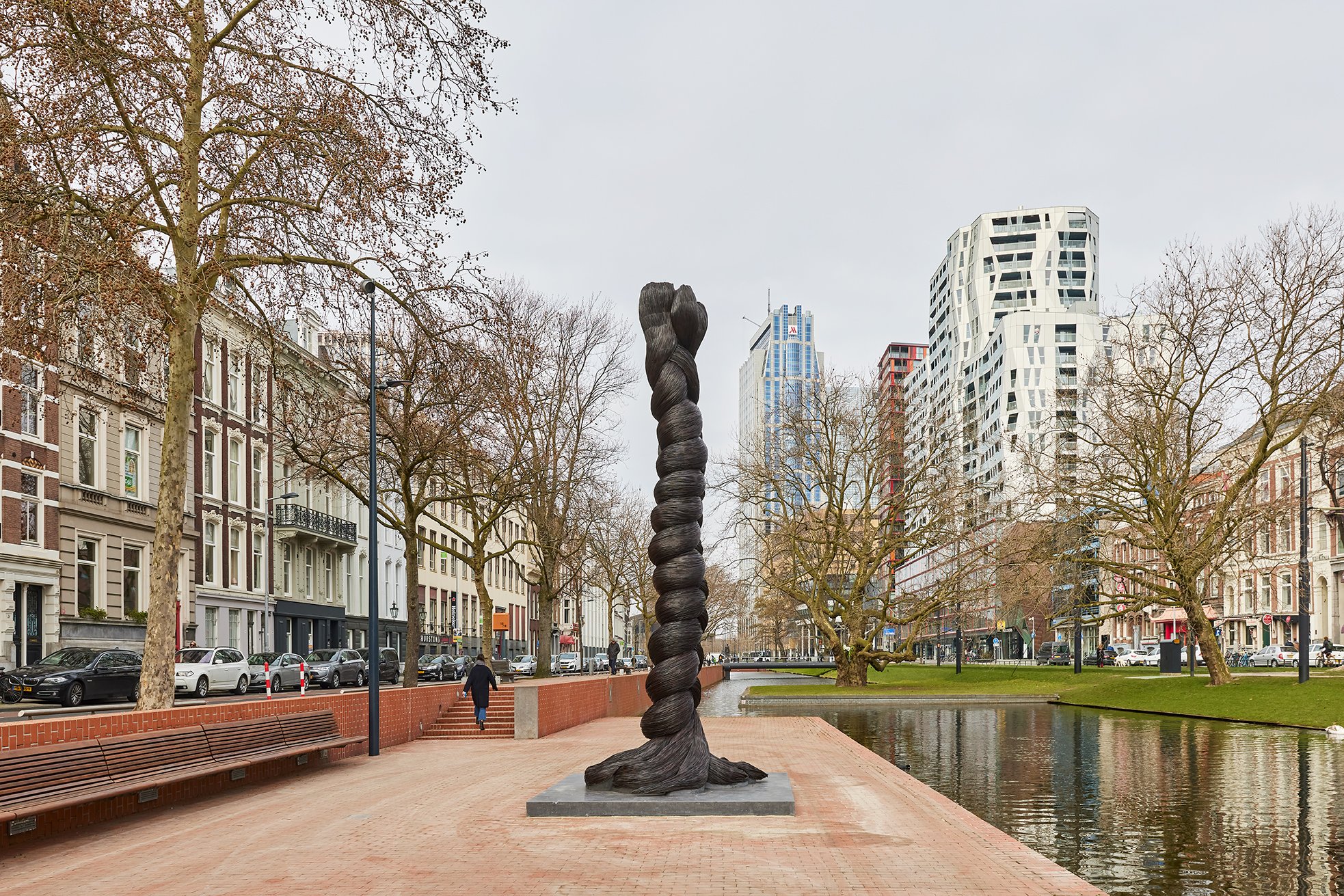
Sculpture Park: New part of Art Rotterdam emphasizes ties with the city
Rotterdam has an internationally unique collection of more than 50 large public works of art...
Read more
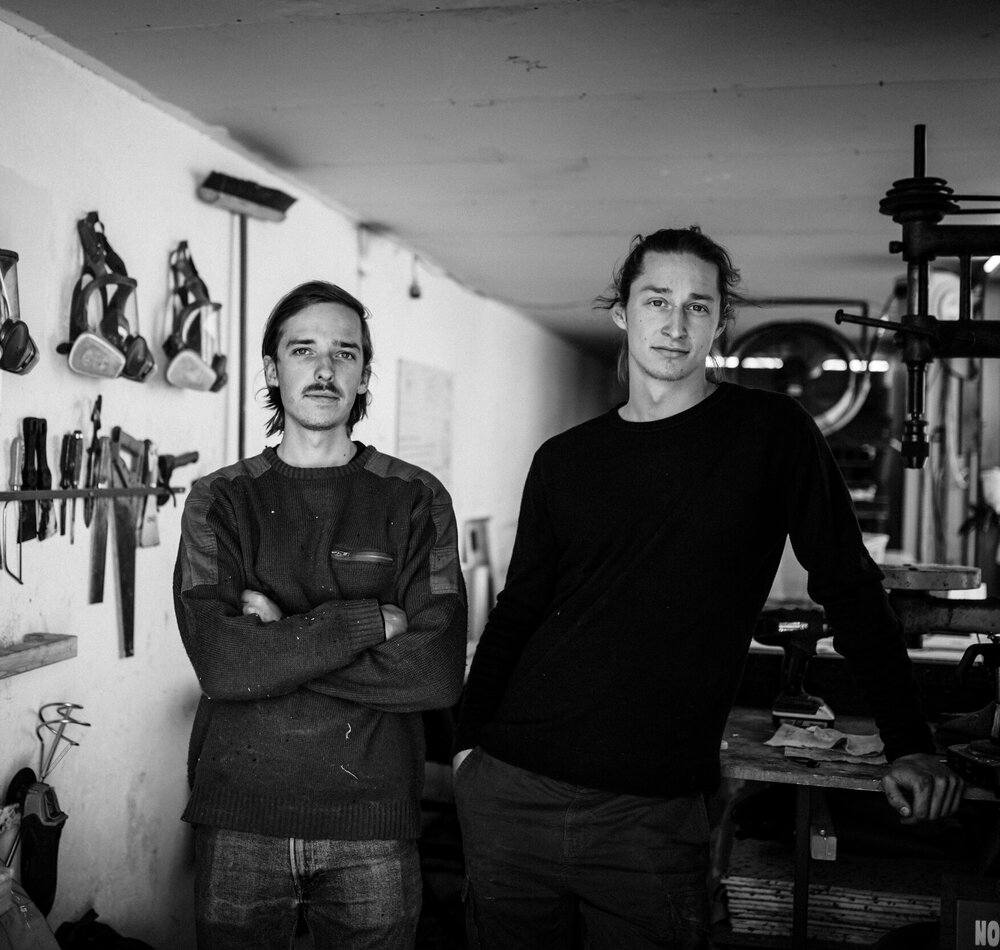
#ASK: Marten van Middelkoop & Joost Dingemans from Plasticiet
Plastic has a reputation problem, in part because many people tend to think of organic...
Read more
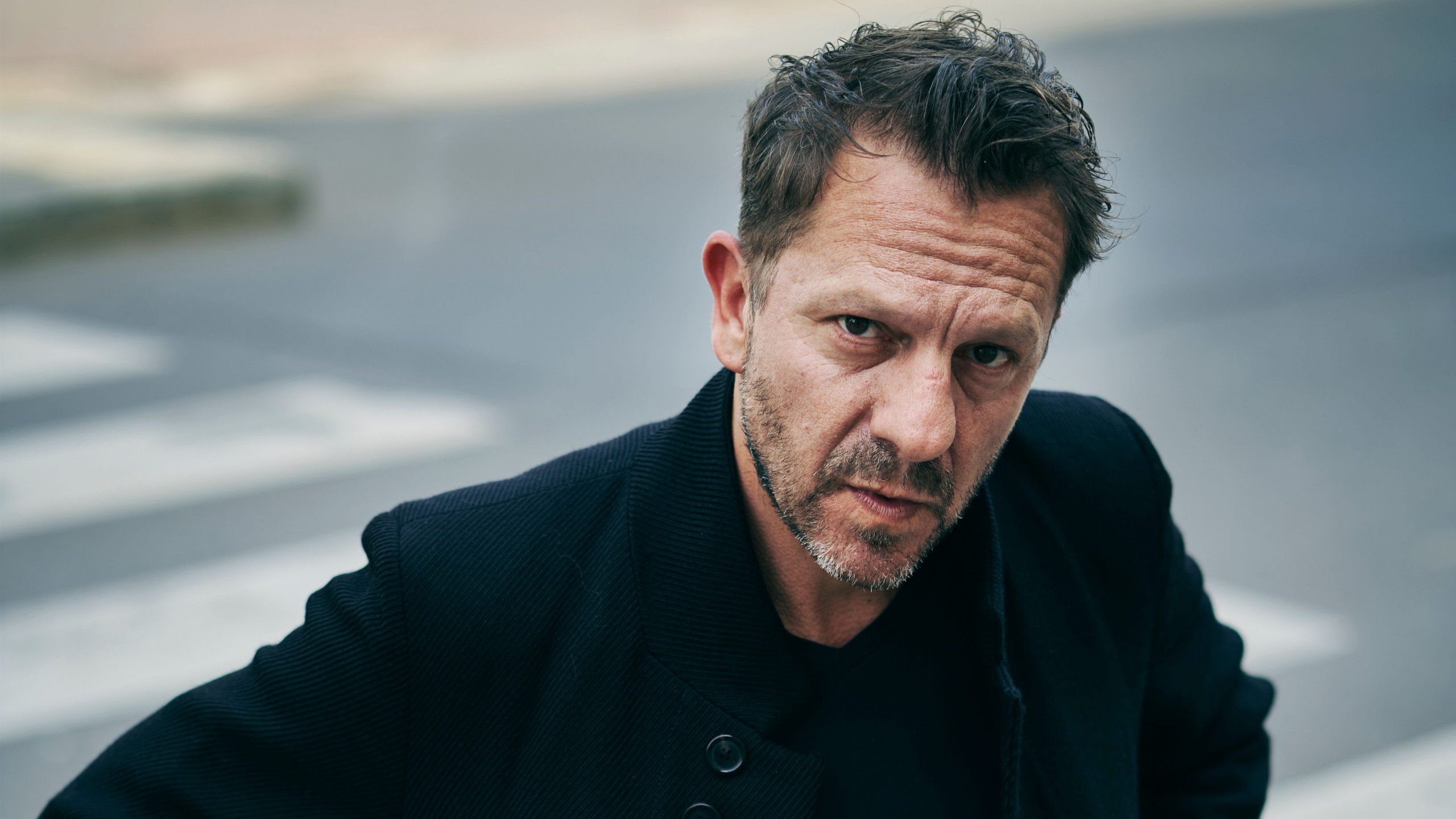
#ASK: Tom Barman
On Tuesday 17 May at 17.00, an exciting solo exhibition will open by the Belgian musician, director and photographer Tom Barman. The opening will also mark the official opening of...
Read more
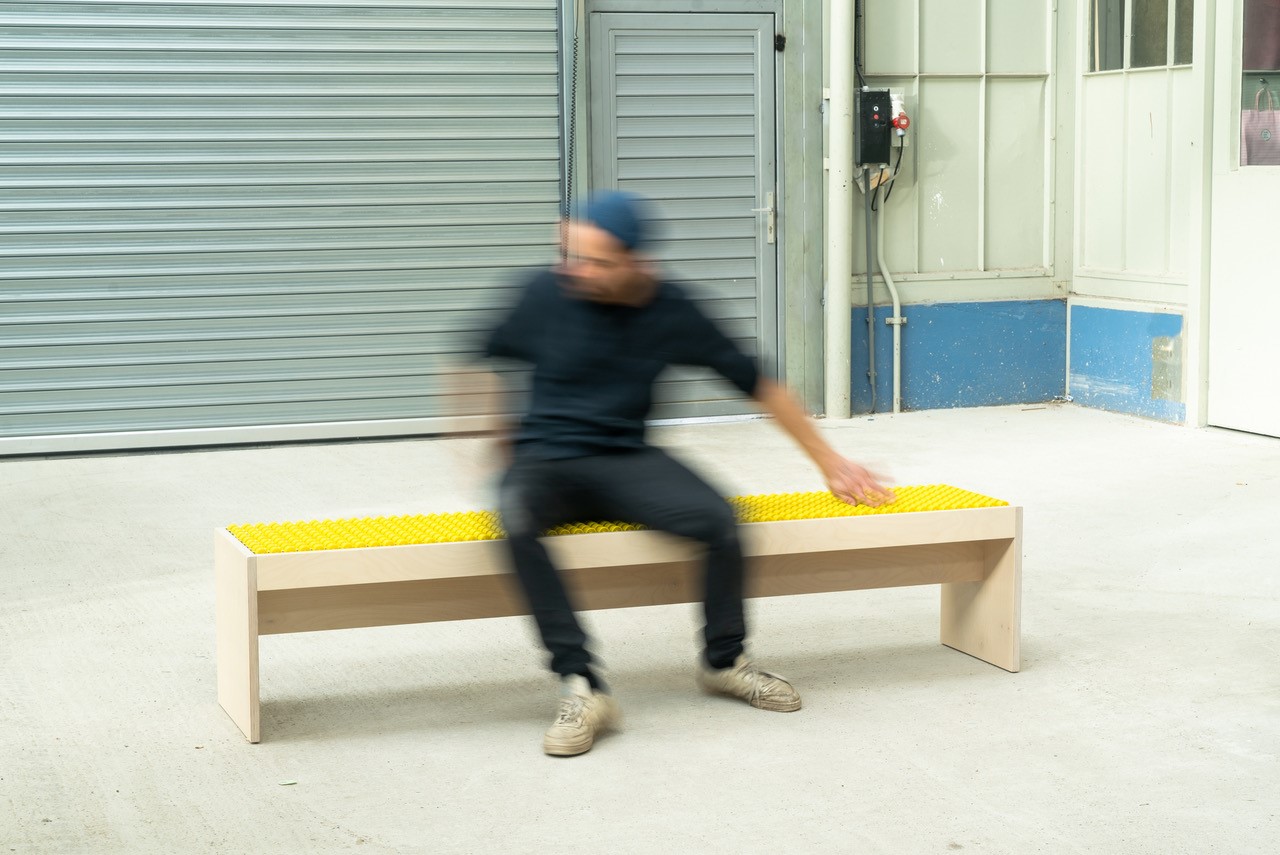
#ASK: Johannes Langkamp
You may have already spotted the innovative work of the German artist Johannes Langkamp in the new exhibition 'Art is the Antidote' in Museum Voorlinden. Or in the new depot of Museum...
Read more
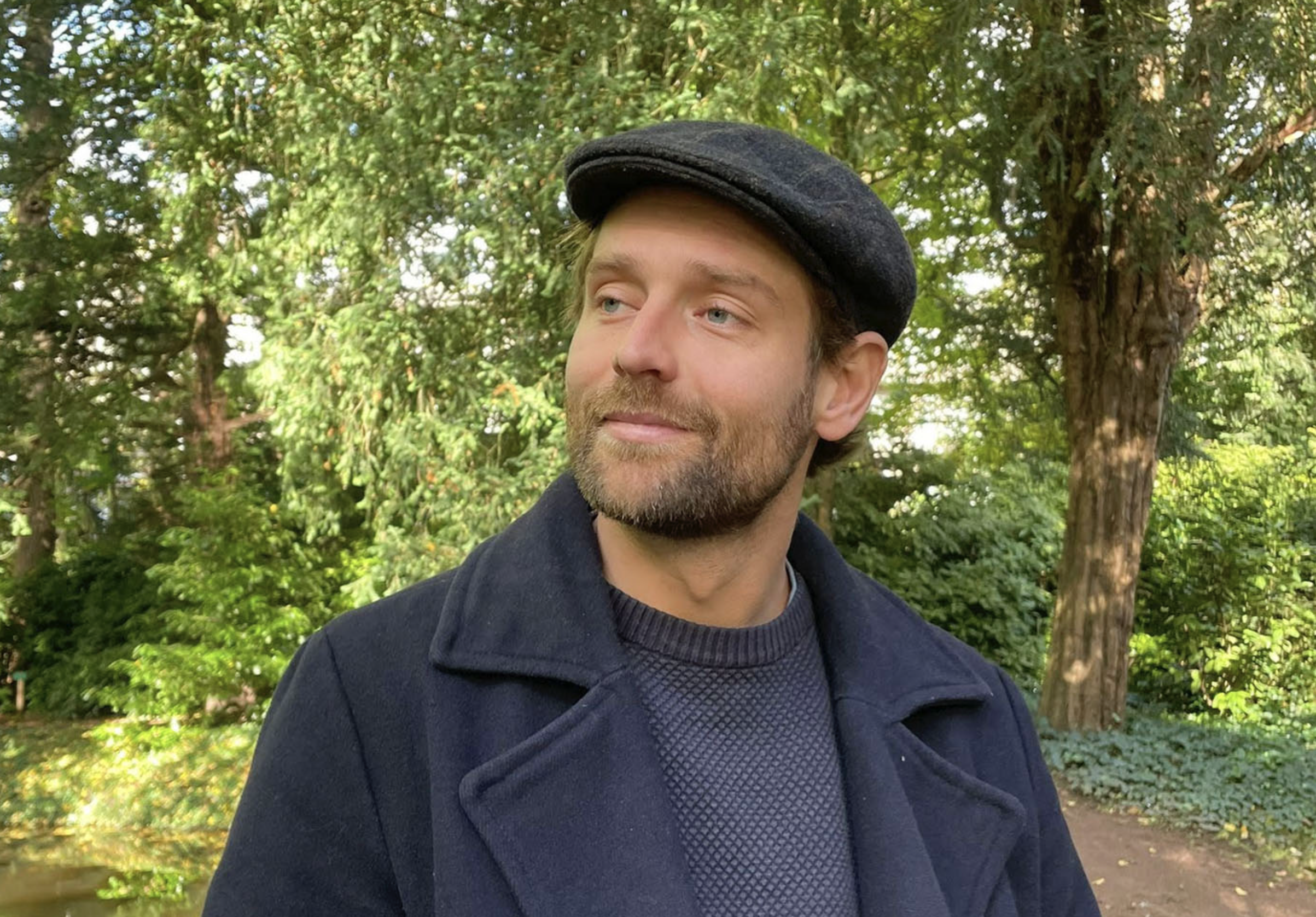
#Ask: Fela Donker of the Kunstenaarsbal
Are you ready for a unique party in which visual art, photography, performance, theatre, audiovisual art and music come together? At the Kunstenaarsbal in De Doelen you get a chance...
Read more

Featured: M4H during Rotterdam Art Week
During Rotterdam Art Week, you should definitely explore the dynamic Merwe Vierhavens area, which owes its name to the four ports that are located in this neighbourhood. Besides classics like...
Read more
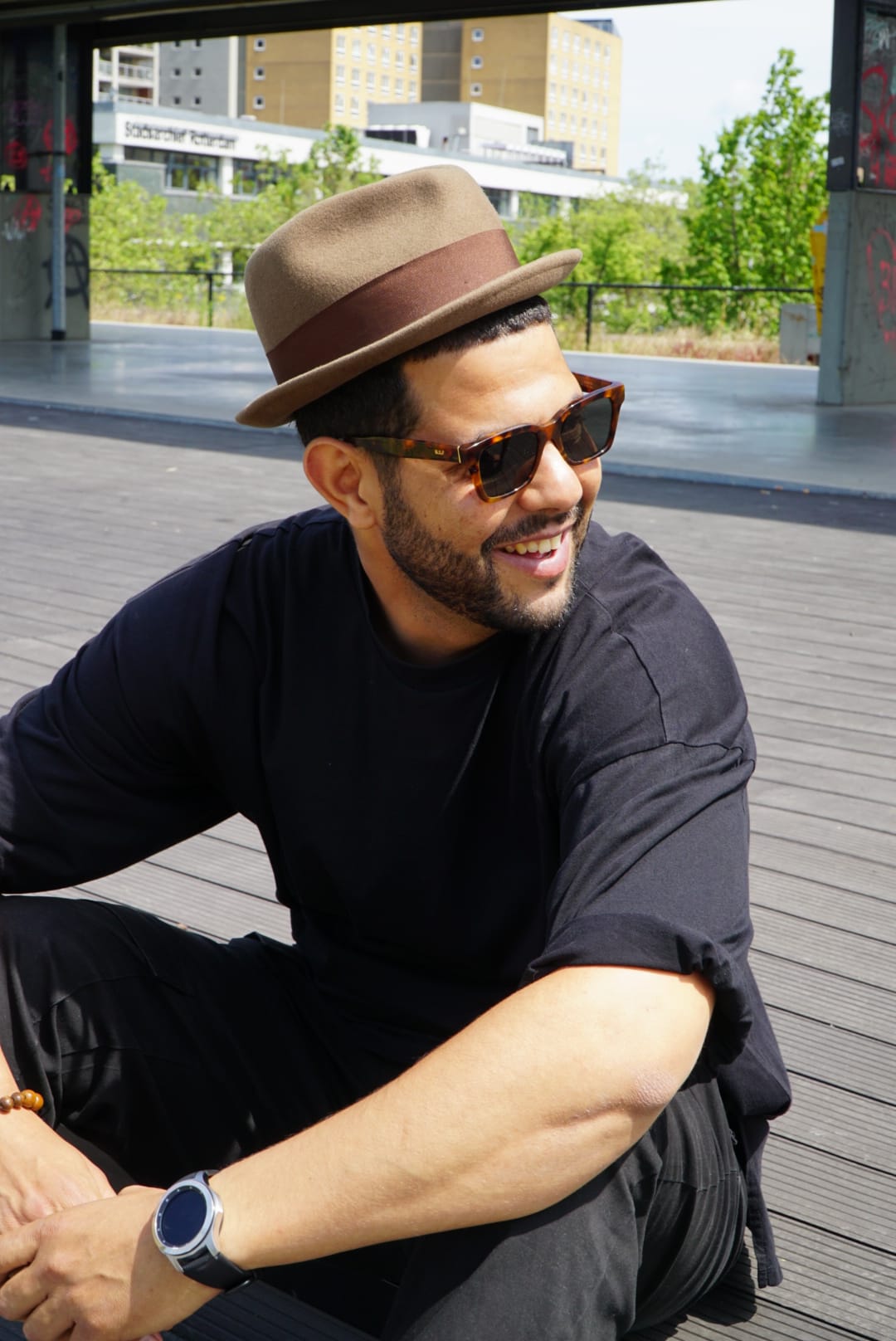
#ASK: Houcem Bellakoud
On 21 and 22 May, Unity in Diversity (UID) will present the Art Market, in...
Read more
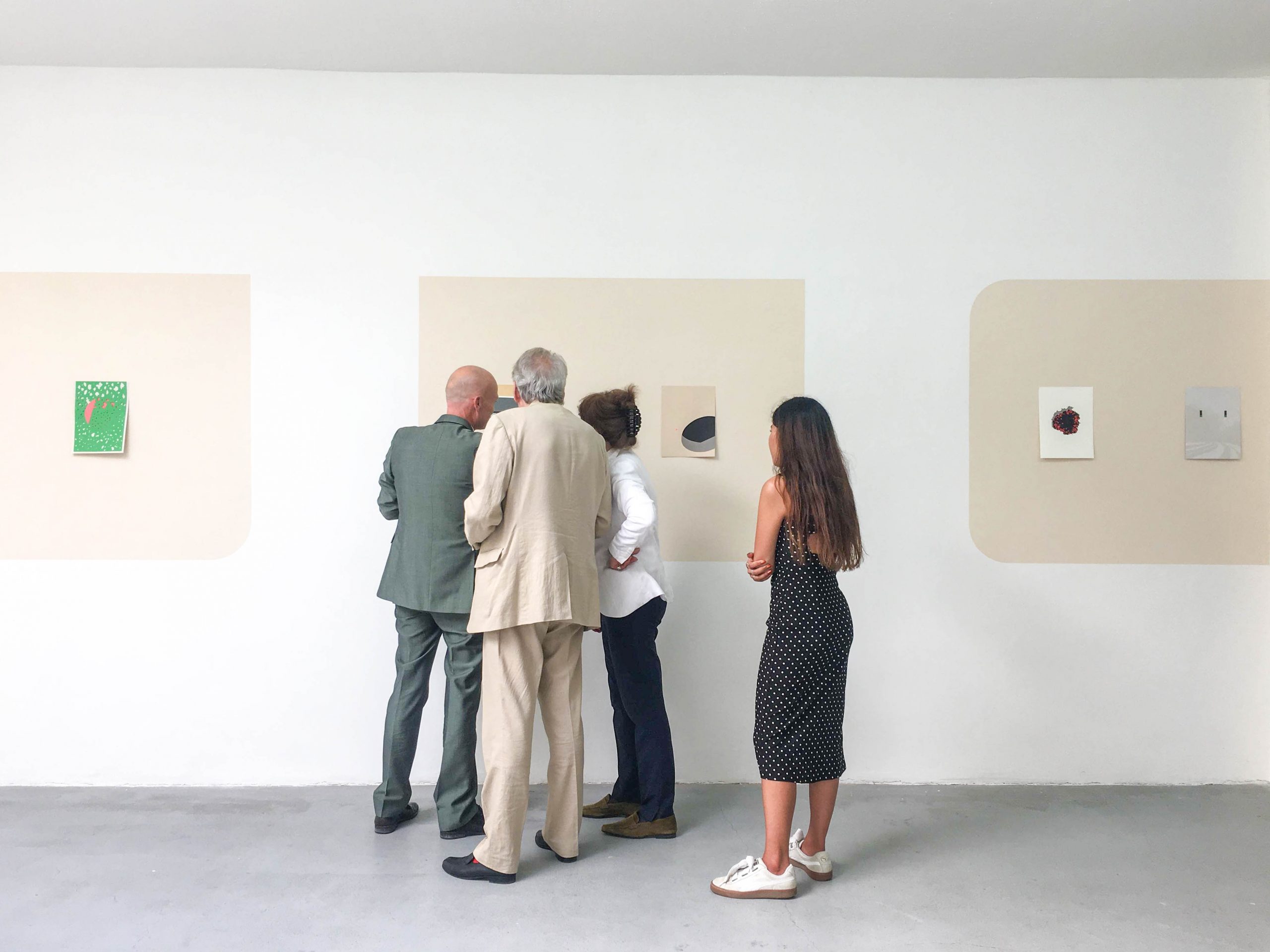
#ASK: Erika Vati from Art Index Rotterdam & tour partner Anne-Marie Ros
Of course, you two are insiders when it comes to art, culture and design in...
Read more




